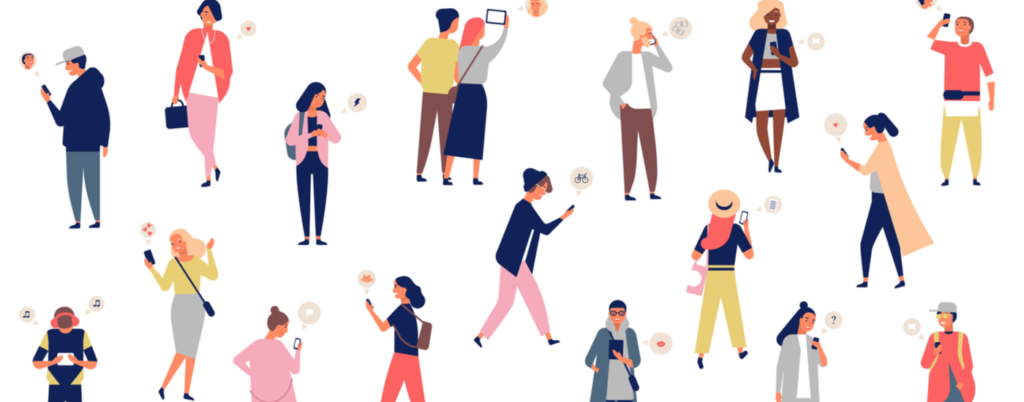Gen Z Loves Captions
Captioning Trends Make a Comeback Thanks to Gen Z
The purpose of closed captions is shifting, or rather, expanding due to Gen Z’s ability to see beyond the original use-case for captions. Gen Zers, even those who aren’t deaf or hard of hearing, are using the closed caption feature when watching videos. But why?
A Medium article by Lance Ulanoff highlights that closed captions keep them from missing important information on their favorite shows while they finish up their homework and text a friend. Some experts even think that closed captions can improve viewing experiences for those with ADHD and auditory processing disorders.
It’s true: closed captions support the multitasking nature of Generation Z, but there’s more to it.
Captions Help Students
Because Gen Z was born anywhere from the mid-1990s to the mid-2000s, that means that a good portion of them are college-aged. Can closed captions help students achieve academic success?
To help answer that question, Oregon State University (OSU) conducted a study across 15 institutions with a total of 2,839 student respondents. The study, titled “Student Uses and Perceptions of Closed Captions and Transcripts,” showed that closed captions are a useful tool for college students.

- More students said they use captions as a way to focus, to retain information, and to overcome poor quality in videos.
- 51.9% of students use captions for comprehension.
- 60.6% of Students with disabilities said captions were “very” or “extremely” helpful to their learning.
- 64.7% of students who “often” or “always” have trouble maintaining focus said captions were “very” or “extremely” helpful to their learning.
According to this study, it’s clear that focus, comprehension, and retention are three pain points for college students and using closed captions is a way to overcome those challenges. Imagine what they would do for all of us!
If these services were mainstreamed, imagine also the benefit for those who are deaf or have hearing loss, the entire world would be open to them! It would remove the “special need” of closed captioning services, giving #accessforall.
Students from the OSU study also indicated that they “use captions all the time, not just for their learning experience […] Captions with Netflix was mentioned multiple time, […] so we know that students are engaging with them outside of the classroom.”
The truth is, focus and comprehension aren’t just needed in a learning environment, they’re required every day. The notion that closed captions are only for deaf and hard of hearing individuals is a thing of the past, so make like Gen Z and turn on those closed captions!
With the open mind and the innovative attitude of Gen Z, who’s to say what’s next for captioning technology?